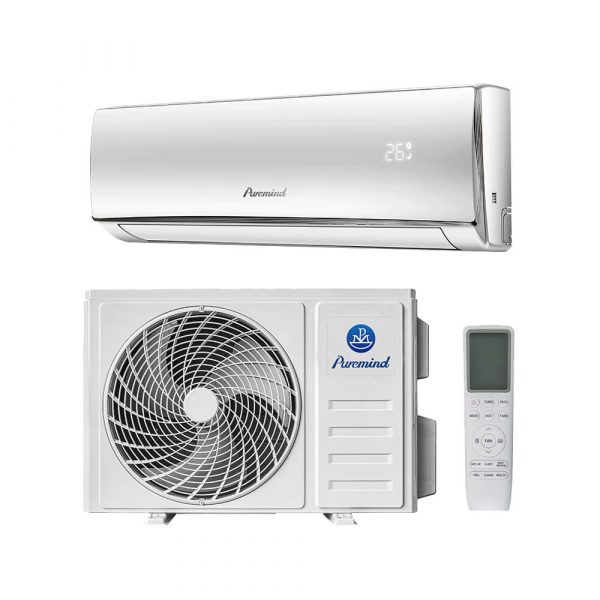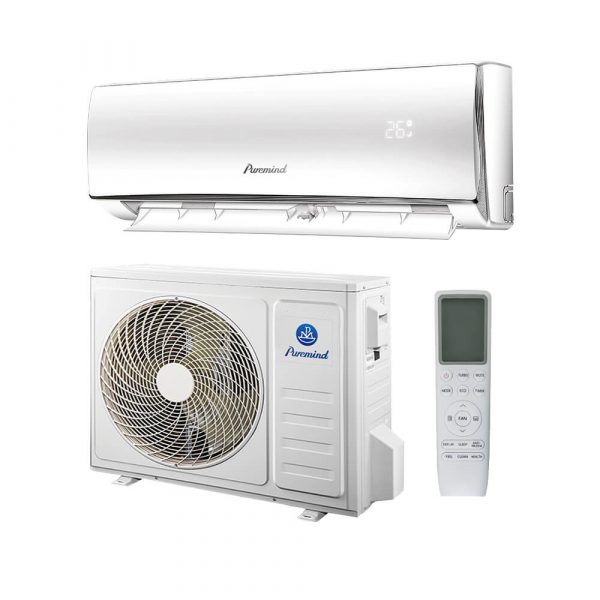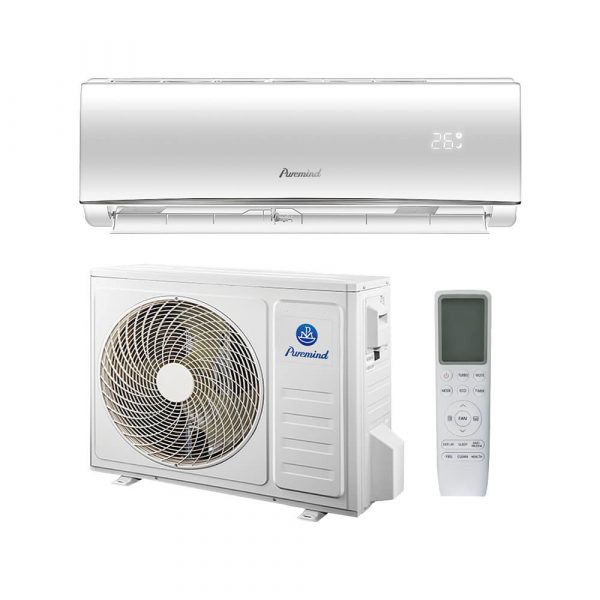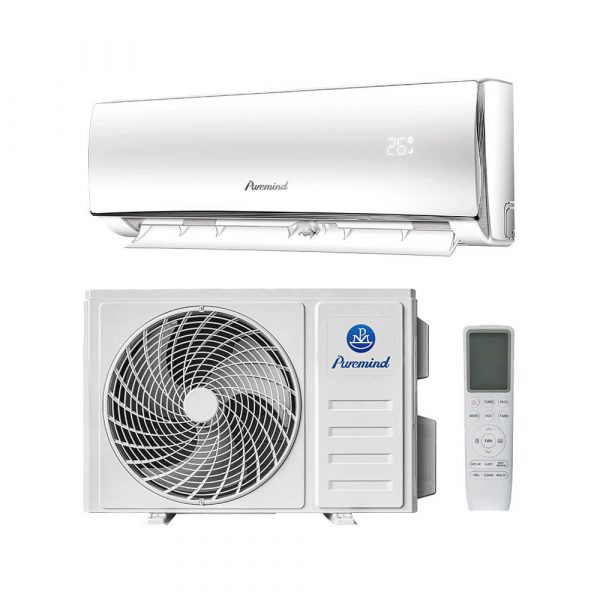AC Ductless Mini Split Guide for Wholesalers, Suppliers & Distributors
The AC ductless mini split system is rapidly becoming one of the most popular cooling and heating solutions in the HVAC industry. Known for its energy efficiency, flexible installation options, and superior comfort control, it is an ideal choice for both residential and commercial settings. For wholesalers, suppliers, and distributors, understanding this technology is essential to meet growing market demand and stay competitive.
What is an AC Ductless Mini Split?
An AC ductless mini split is a type of heating and cooling system that does not require traditional ductwork. It consists of an outdoor condenser unit and one or more indoor air-handling units connected by refrigerant lines. Each indoor unit can control the temperature of a specific room or zone independently, offering customized comfort.
Main Components
- Outdoor Unit: Contains the compressor and condenser coil.
- Indoor Unit(s): Usually wall-mounted, but can also be floor-mounted or ceiling cassette types.
- Refrigerant Lines: Flexible piping that connects the indoor and outdoor units.
- Controls: Remote or smart home integration for precise adjustments.
Key Benefits of AC Ductless Mini Split Systems
These systems provide several advantages for end-users and supply chain partners:
- Energy Efficiency: Many models meet ASHRAE standards for high performance.
- Zone Control: Allows different temperatures in different rooms.
- Quiet Operation: Indoor units often run at noise levels under 25 dB.
- Easy Installation: Requires minimal construction work compared to central HVAC systems.
- Year-Round Comfort: Provides both heating and cooling capabilities.
Applications of AC Ductless Mini Split Systems
The versatility of an AC ductless mini split makes it suitable for multiple environments:
- Homes without existing ductwork.
- Room additions, garages, or finished basements.
- Small offices and commercial spaces.
- Hotels and hospitality settings.
- Server rooms or climate-sensitive storage spaces.
Example: Split Air Conditioner Category
Within the ductless family, split systems are a core category. Distributors can explore the split air conditioner product range for various options in capacity, design, and energy efficiency levels to meet different market needs.
Technology Advancements
Modern AC ductless mini split systems integrate several advanced features:
- Inverter Technology: Adjusts compressor speed for precise temperature control and reduced energy consumption.
- Smart Controls: Wi-Fi-enabled systems for remote operation.
- Enhanced Filtration: Multi-stage filters to improve indoor air quality.
- Heat Pump Capability: Efficient heating even in cold climates.
Market Trends Driving Demand
Several factors are boosting the adoption of ductless mini split systems:
- Rising energy costs driving interest in high-efficiency HVAC solutions.
- Consumer preference for smart, connected home appliances.
- Retrofit opportunities in older buildings without duct systems.
- Government incentives and rebates for energy-efficient equipment.
Benefits for Wholesalers, Suppliers, and Distributors
Offering AC ductless mini split products can help supply chain partners:
- Expand their product range with high-demand items.
- Serve both residential and light commercial markets.
- Capitalize on growing consumer awareness of energy efficiency.
- Leverage manufacturer marketing support and training programs.
Installation Considerations
While easier to install than central HVAC systems, ductless mini splits still require proper setup:
- Correct indoor unit placement for optimal airflow.
- Proper refrigerant line installation to avoid leaks.
- Electrical connections that meet local codes.
- Routine maintenance for sustained performance.
Compliance and Standards
Manufacturers design ductless mini split systems to meet or exceed ASHRAE efficiency and performance standards. This compliance can make them eligible for energy rebates and incentives, a strong selling point for distributors.
Sales and Marketing Strategies
- Highlight energy efficiency and rebate opportunities in marketing materials.
- Offer bundled promotions with smart thermostats.
- Provide installer training to ensure quality setup and fewer callbacks.
- Showcase real-life installation case studies to build credibility.
Conclusion
The AC ductless mini split is an adaptable, efficient, and cost-effective climate control solution that appeals to a broad range of customers. For wholesalers, suppliers, and distributors, adding this category to their product lineup can help capture new business, meet sustainability goals, and stay ahead in an increasingly competitive HVAC market.







